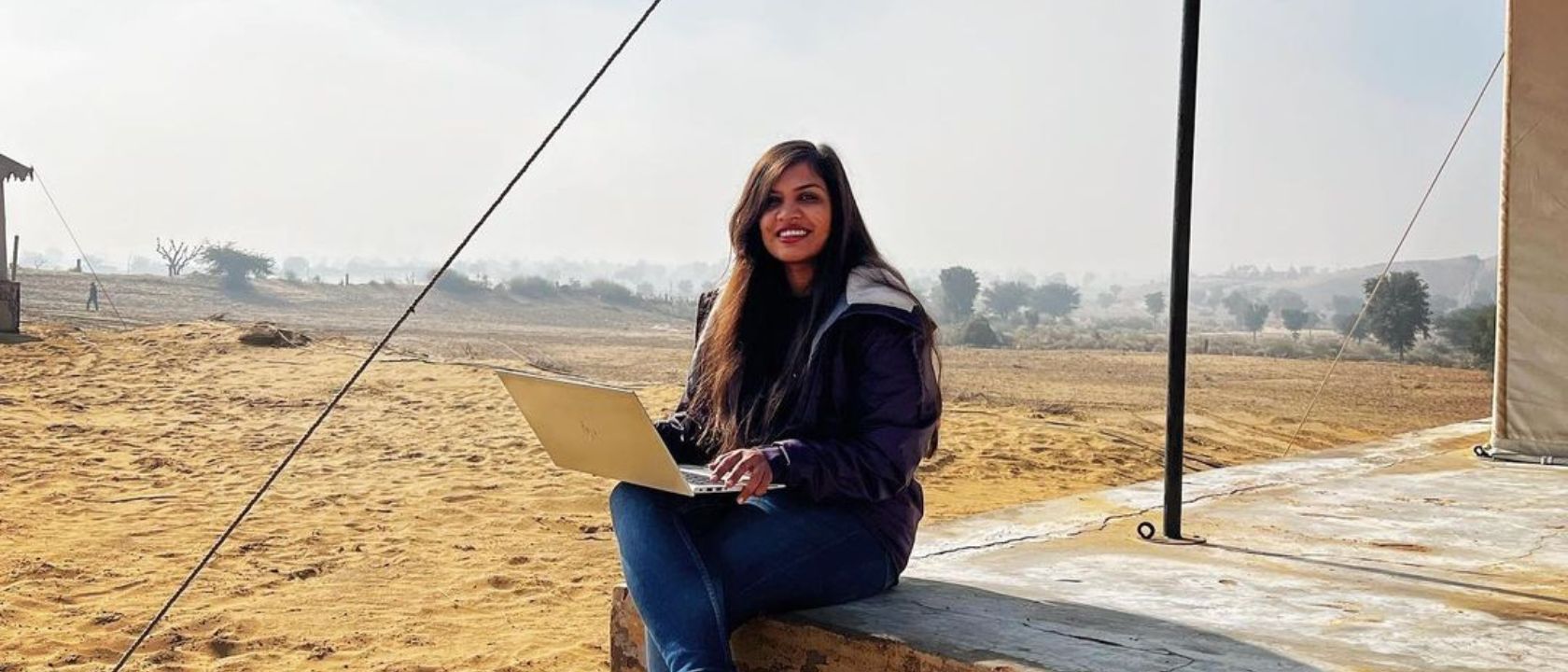If you’re new to freelancing and not sure how to make one, we’re here to help you.
But before we start, let’s get down to the basics.
Four Main Elements
There are four main elements to every portfolio, according to professional blogger and author Nick Schäferhoff. These are:
- Introduction (who you are)
- Projects – a showcase of your work
- Your services
- Ways to contact you
What to Put in Your Portfolio (Your Projects)
1. Keep a Copy of All Your Work
Before you start making your portfolio, gather a copy of all your previous works and projects. However, not all your projects should be in your portfolio.
2. Identify Your Best Works
“This is where the battle is won or lost”, says Nick Schäferhoff. So the pieces you showcase should grab the attention of the potential client.
Quality over quantity. As mentioned earlier, you don’t need to include all your work, just your best ones. And the truth is, even if you just put one big impressive sample, it’s still better than 20 small minor pieces.
Pro Tip: If you’re not sure how many samples to include, around 10 to 20 should be good.
3. Go for Variety
“Don’t include only one form of design”, according to Karen DeFelice of Canva.
Show that you’re also multifaceted by exhibiting variance in your portfolio. However, DeFelice says to “make sure it all still looks like one person’s work”.
4. Give Context
After exhibiting your best works, give some context on what the project was about and the role you played. If it’s a team project, what were your contributions? If it’s a solo work, how did you come up with it?
Give a brief context to the reader, or client, on how your piece came to be.
How to Make a Portfolio
1. Briefly Introduce Yourself
Give a short description of who you are and what you do. Keep it brief so the highlight of your portfolio is still your best pieces.
A good introduction should include a professional photo, your name, and a one-liner about what you do.
2. Create Sections
Organizing your projects into sections or categories will properly showcase the best features of each of your works. If you’re an illustrator, you can categorize them into drawings of people, animals, and landscapes. Or if you’re a writer, you can categorize them into different genres.
Creating different sections can showcase all the different projects you’ve done and can do.
3. Create a Table of Contents
If it makes sense and you have many projects, to keep your portfolio organized, include a table of contents. The table of contents can also be a quick summary of your portfolio. Use hyperlinks for digital portfolios and page numbers for physical ones.
4. List Your Education & Achievements
Dedicate a page or section to your skills and achievements.
● Awards
● Certificate and Trainings
● Education
● Key Skills. Creativity and authenticity aren’t the only skills clients are looking for. Highlight your various skills and qualities.
5. Include Recommendations & Testimonials
Testimonials and recommendations from clients, colleagues, and mentors can be a powerful selling point.
If you don’t have testimonials yet, you can reach out to your precious coworkers, clients, or employers.
6. Include Contact Information
“How can we reach you?” Include ways to contact you like your email address. You can also invite them to check your other accounts like LinkedIn, Instagram, your website, or online portfolios.
Pro Tip: Include a Statement of Originality in your portfolio. State that all the works featured are your original work and are not to be reproduced or copied.
Portfolio Tips
● Make sure your portfolio is mobile-friendly on all devices
● Use high-resolution photos to capture every detail of your work.
● Search for portfolio inspirations online. When looking up for inspiration, look up portfolios that are similar to your career because, for example, a portfolio of a journalist is different from a digital marketer’s.
● Get a second opinion. It is key that you ask friends or former colleagues to review your portfolio for feedback and to spot typos.
Digital Portfolio Options
Portfolio for Writers
● WordPress
● Clippings.me
● Journo Portfolio
● Muck Rack
Other Platforms
● Canva
Portfolio for Designers
Take Your Time
When creating your portfolio for the first time, it’s normal to take a few days to finish it. Take your time to make your portfolio really shine.







This was very interesting. There is another Portfolio website that I recommend called Dribbble.com, similar to Behance.
As a freelancer, I use WordPress. It’s free and has plenty of themes to choose from. No need to purchase a domain and worry about having “, WordPress.” on your URL. What matters is you have a portfolio you can direct your potential clients to. Hope this helps!
Another tip is you can look up portfolio design inspirations on Pinterest. They have hundreds, maybe thousands, of sample portfolio designs for all career types.
Yes Pinterest has so many amazing design inspirations. I’ve been using it for so many years.